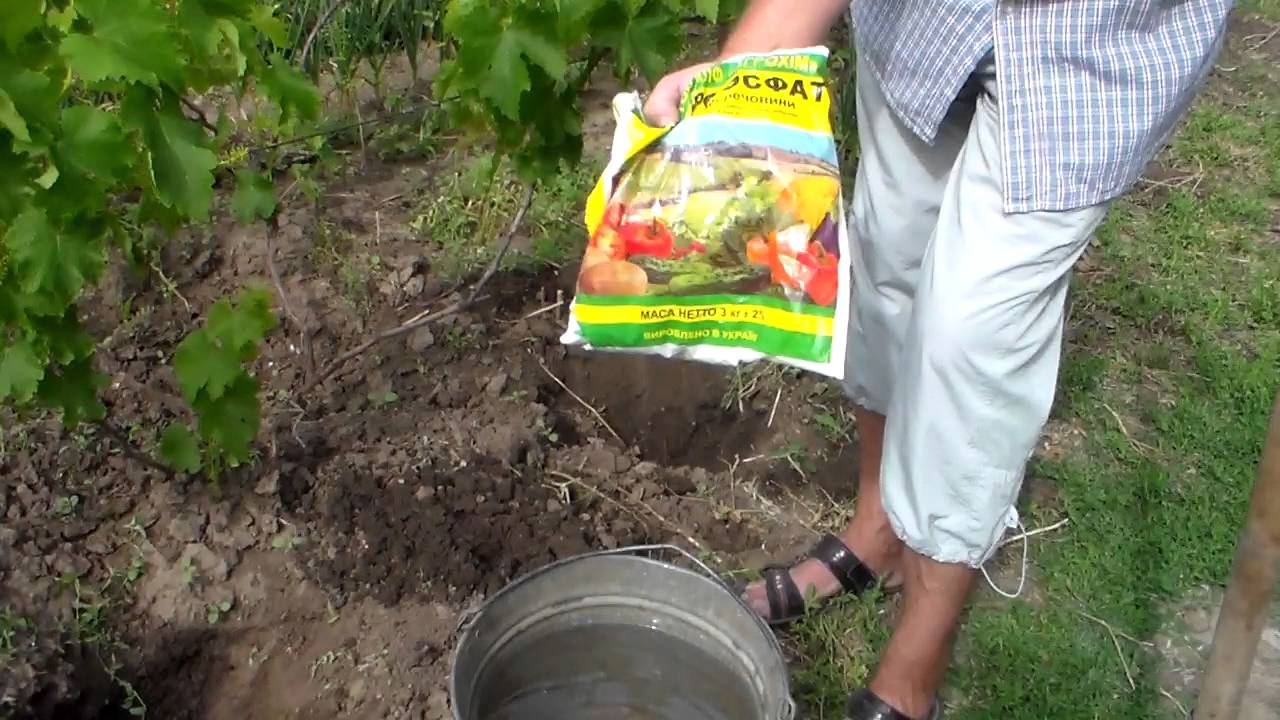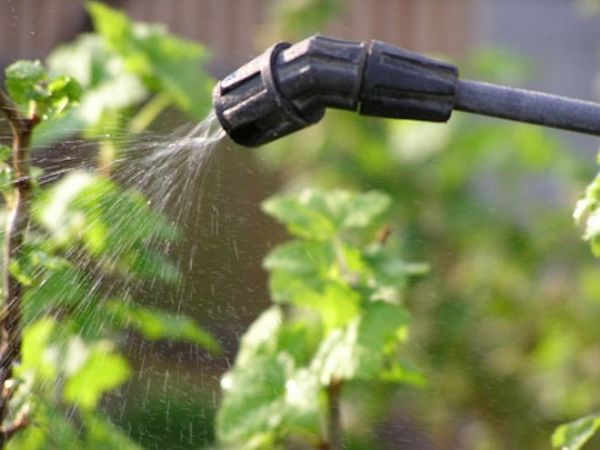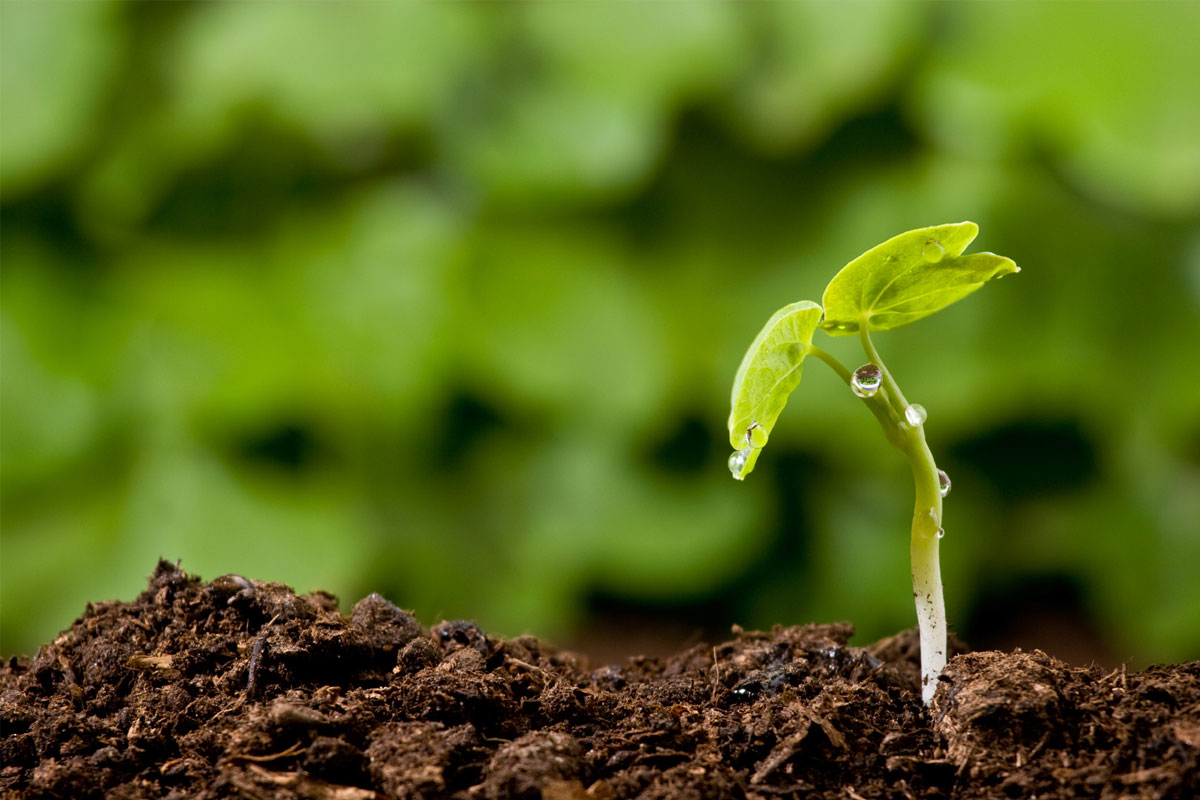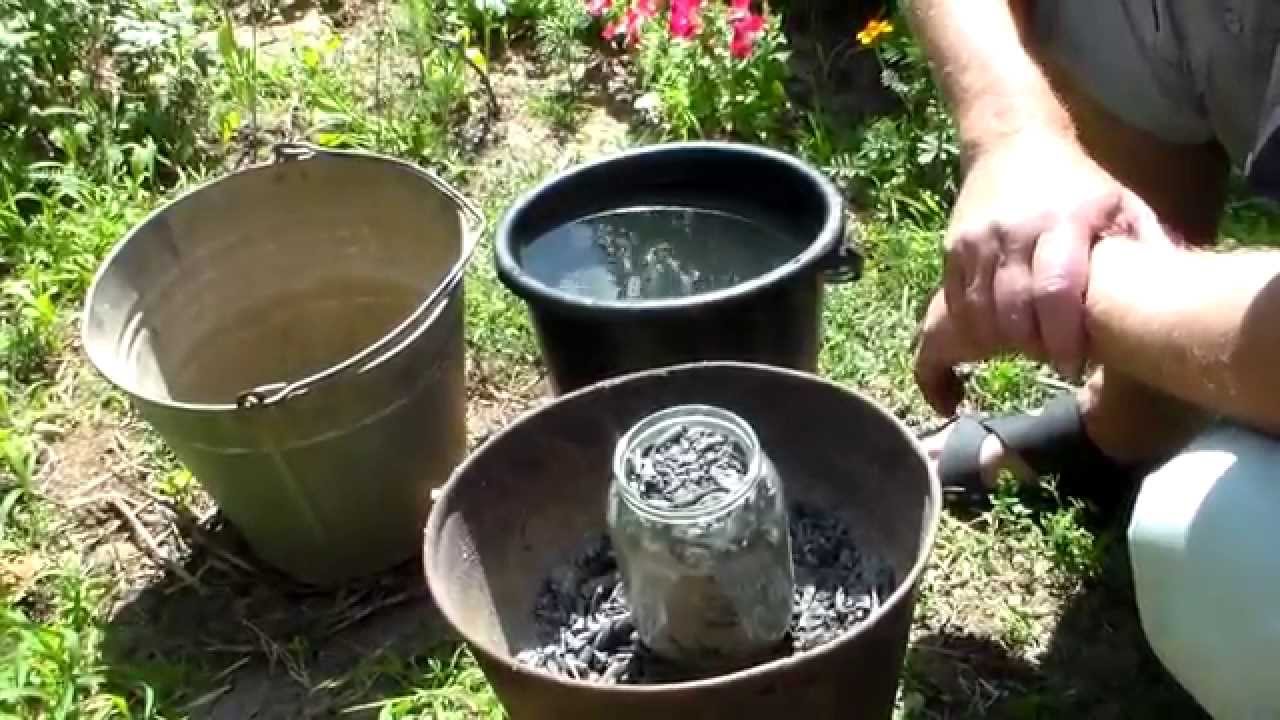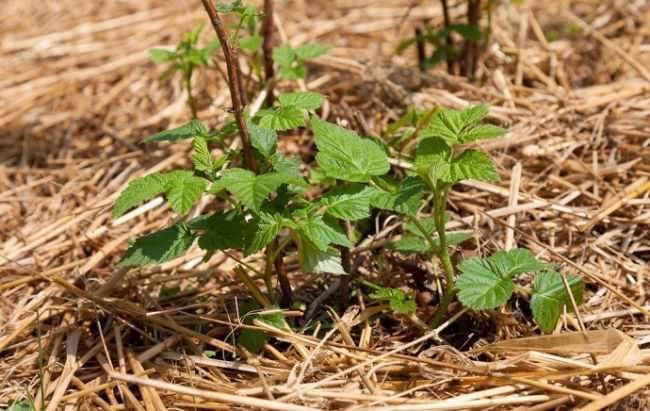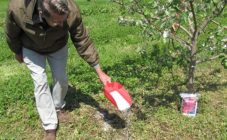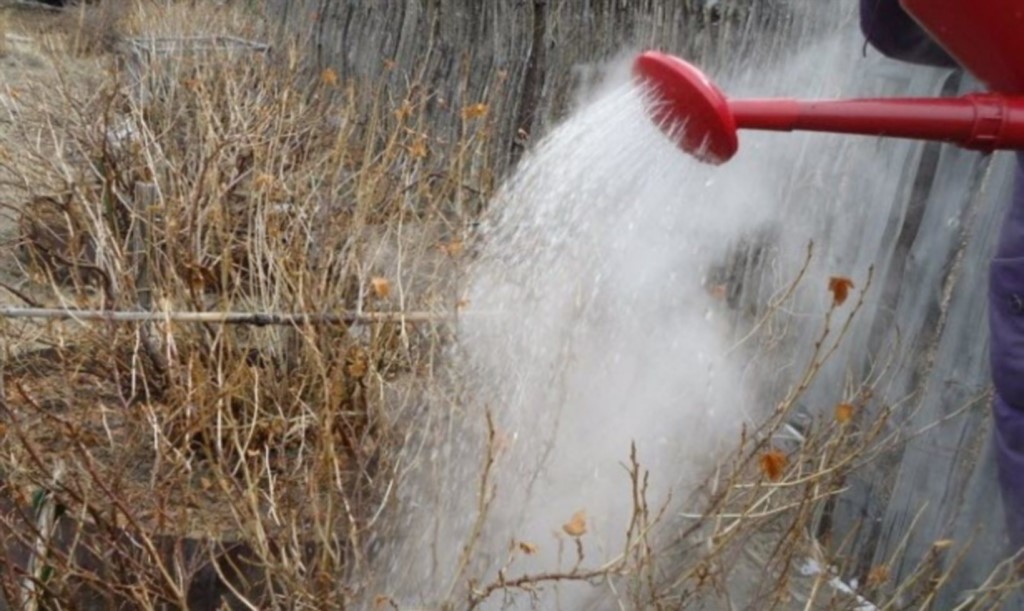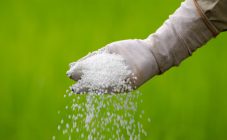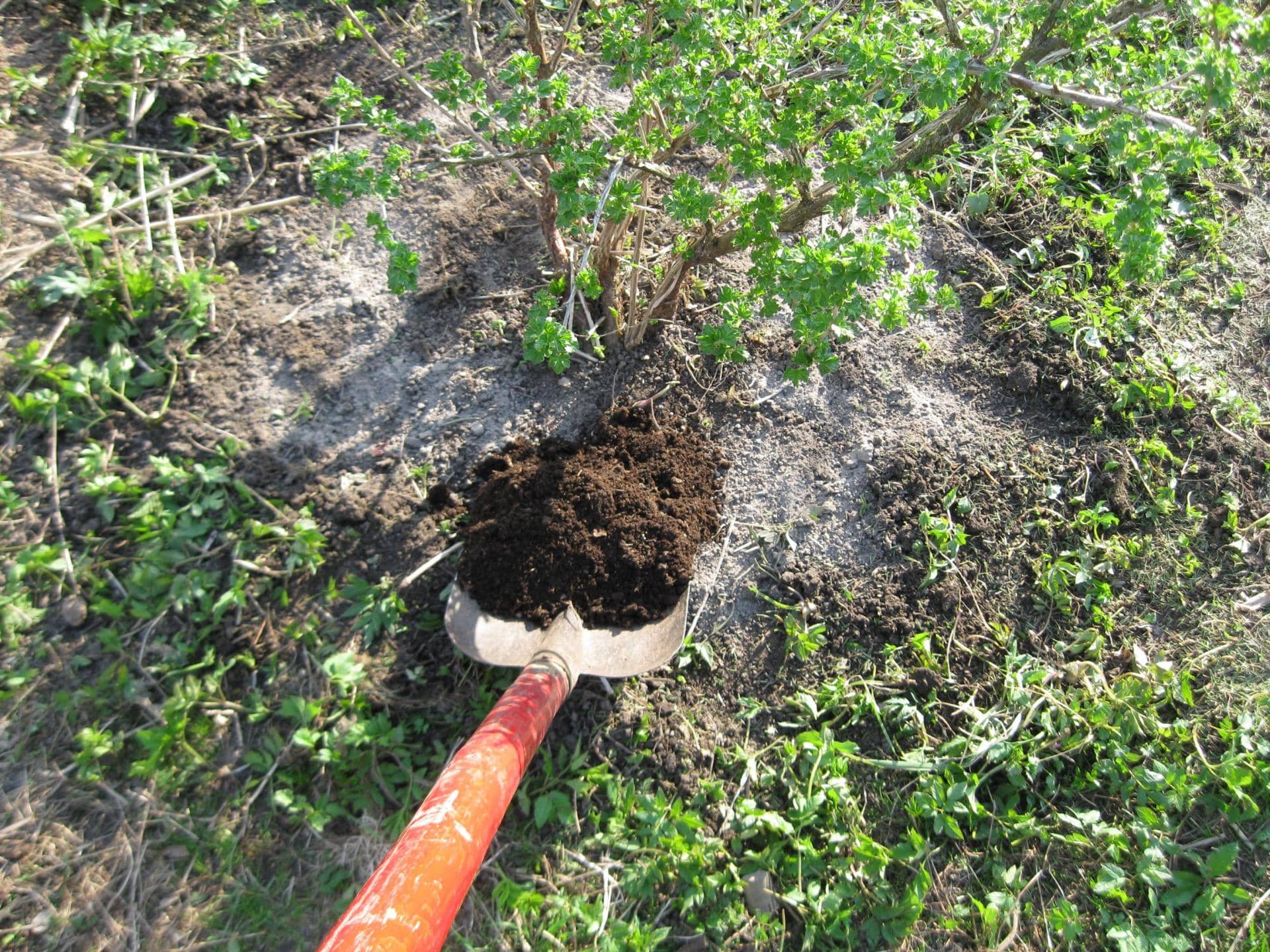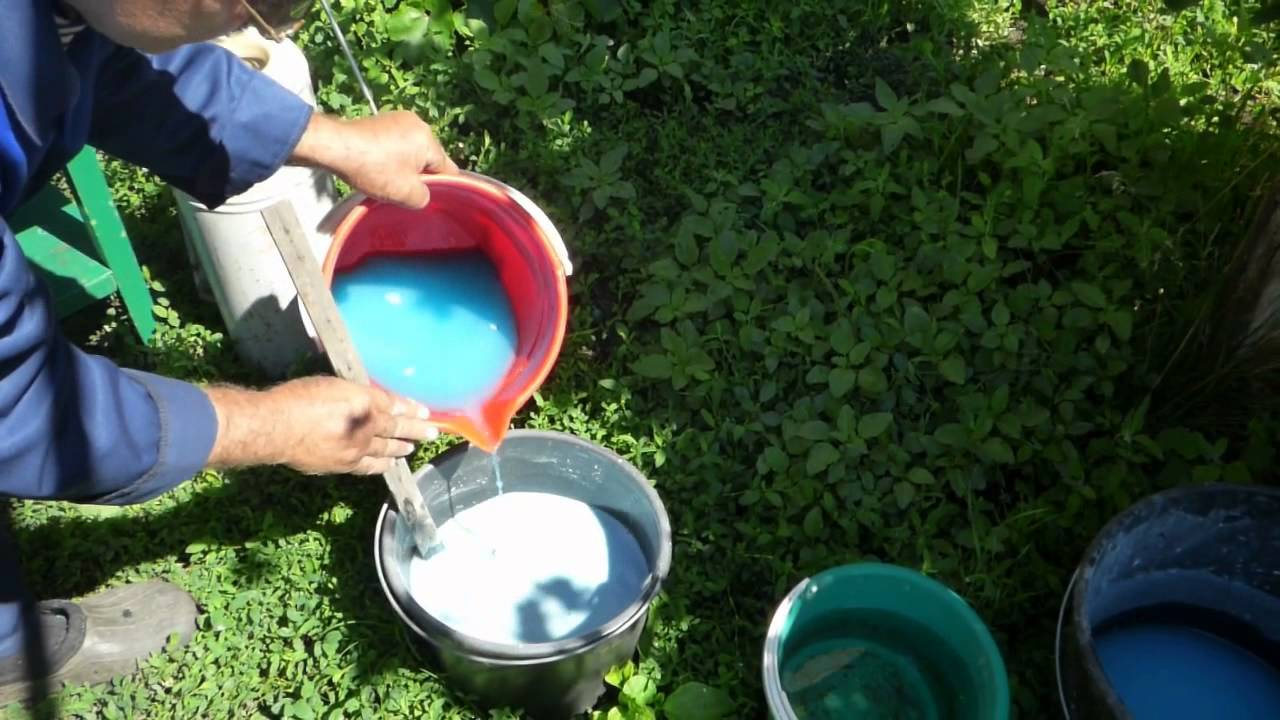Content:
Viticulture in Russia is gaining momentum. However, industrial cultivation is concentrated only in the south of the country, in other regions it is an amateur activity.
When grapes wake up in spring, handling and feeding is extremely important. At this time, the vine requires careful care, because it is in the spring that the sap begins to move in the branch. It is extremely important to feed and handle grapes in the early period, but it is even more important to do it correctly, in a timely manner and accurately.
Why feed and when?
If the vine is just planted and grows for the first year on the site, you should not get carried away with fertilizers. You can forget about them for 2 years. Young grapes do not need additional feeding, because the necessary elements are already in the soil if fertilizers were applied to the soil before planting.
In the first year, it is enough just to water, loosen the ground, and process pests.
Before planting, they usually fertilize the soil with humus or manure.
The time for the first feeding begins in the first half of April or in May (depending on the region), when all the snow has melted, and after the shelter has been removed. If you can already observe the beginning of the opening of the buds, it's time to fertilize. For example, in the Moscow region, you can do this at the end of April.
Before the first feeding, the bushes should be treated with solutions against diseases containing a fungicide or insecticide.
Top dressing is root and foliar.
Correctly applied foliar feeding enhances the root result.
After winter, the vine is weakened and depleted, it requires new strength, minerals and elements. The plant has the so-called spring vitamin deficiency. If there are not enough important components in the soil, the vine will wake up for a long time from hibernation and grow slowly.
What are fertilizers?
Fertilizers can be natural or industrial.
Natural ones are those that are created by gardeners on their own, in folk ways. These include manure, herbal infusions, wood ash, chicken droppings, urea, compost, sunflower husk ash, superphosphate.
It is not so difficult to prepare natural food. Depending on what kind of feeding is planned to be done.
If this is an infusion of herbs, then a small barrel is taken where the grass is laid. For this purpose, any garden grass is suitable, usually they take nettle, tansy, wormwood, horsetail, mustard, chamomile, clover, comfrey, lawn grass.
If the grass is too long, it is torn to pieces, tamped, pressed with a load (bricks, stones). The contents are filled with water, closed with a lid (so that the smell of rotten grass does not spread throughout the area), infused for 1-2 weeks. Some people add dolomite flour, which contains calcium and magnesium.
To prepare slurry, they take manure, put it in a barrel. Then fill it with water and leave it for 10 days. After 10 days, some more water is added. 10 liters of this slurry is enough to feed one grape bush.
If there is a compost heap with food waste on the site, this can make a good fertilizer. When the heap "grows" to the two-meter mark, it is covered with earth in summer or autumn and left so for the winter. By spring, all components are recycled thanks to the high temperature inside the heap. The resulting mixture is also laid out around the trunk and covered with earth.
Industrial fertilizers are no worse than natural fertilizers; they are sold in the form of powders or concentrated liquids for solution preparation. Their composition is varied, usually they include phosphorus, potassium, ammonium nitrate, iodine, boric acid, oxych, sulfur, potassium permanganate, urea, copper oxychloride.
Feeding methods
Root dressing
Introduced into the ground, under the root of the vine.
But just pouring the solution into the ground where there is no hole is wrong. You need to dig a furrow around the root about 40 cm deep. If the bush is powerful and already middle-aged, you may need a furrow even deeper - 50-80 cm. The fertilizing agent is poured evenly over the entire ring.
If the fertilizer is not liquid, but in the form of compost or manure, you do not need to dig the furrow. In this case, it is necessary to spread fertilizer around the trunk, then sprinkle with a good layer of earth.
After root feeding, the plants must be watered abundantly. Therefore, it is recommended to fertilize the grapes in dry weather - it does not need excess moisture. You can fertilize plants immediately after heavy rain, then there is no need for additional watering.
Foliar
The solution is sprayed onto the leaves of the plant. In addition to the solution for foliar feeding, sugar is added. It helps the leaves absorb all the valuable substances to the maximum.
The best time for processing is evening. Better if the weather is calm. For several days after the leaves of the grapes have been processed, they should be sprayed with a little water. Thanks to this, the leaves will absorb all the particles of fertilizer that have previously dried out.
You can process the bushes using the foliar fertilization method immediately before flowering, after flowering and when the berries have not yet been colored. And also until the time when the berries are not ripe.
The bright rays of the scorching sun can burn leaves if they get wet.
The most popular elements used in foliar solutions are magnesium, iron, zinc. It is these elements that prevent the ovaries and flowers from crumbling, and the berries from losing firmness.
Feeding schedule
Those bushes, on which fruiting has already been noticed, are processed three times over the summer.
Top dressing of grapes in spring, after winter, should be the most generous. It is during this period that the bushes require powerful nutrition. Multi-component, mineral, commercial mixtures or self-prepared solutions containing phosphorus, nitrogen, potassium, Bordeaux mixture, potassium permanganate are perfect. Sulfur is needed if the grapes grow in a greenhouse. Do not forget about intensive watering.
During the same period, it is necessary to fertilize those places where young seedlings will be planted in the fall. Planting should be done only in fertile soil.
The second top dressing of the grapes - before flowering - should be aimed at abundant flowering and good fruit formation.
How then to feed the grapes before flowering? Components and mixtures such as manure, liquid chicken manure, boric acid and nitrophos will be appropriate. The following elements are needed here: potassium, potassium permanganate, iodine, phosphorus, boric acid. Sulfur is also added if the bush is planted in a greenhouse.
By the condition of the leaves of the grapes, you can always determine what the bushes lack:
- If the leaves are too pale, the vine grows too slowly, there is definitely a nitrogen deficiency.
- If the leaves turn yellow, but the veins are still green, the point is a lack of iron.
- When the edges of the leaf turn brown, it means there is not enough potassium.
- If the grape leaves have darkened and acquired a brown hue, and flowering is late, it is necessary to add phosphorus.
- And if the young vine begins to die off in places, sulfur is required.
The third feeding is done immediately after the fruit set. During this period, plants need iodine, manganese, magnesium, potassium for a good harvest. Superphosphate will also be in place. Sulfur - for greenhouse plants.
Fertilizing grapes at a time when almost all the fruits are ripe is also important no less than others. Right now young, new vines are forming and growing. Therefore, agronomists and growers are advised to make a solution of wood ash. In addition, ash protects the vine from disease.
To get a good solution, it is recommended to fill the container with ash by a third, fill the rest with hot water. Stirring occasionally, soak the solution for about 7 days (a little more, no longer than 10 days). The solution will be ready, but will be concentrated. Therefore, it should be diluted with water in a ratio of 1: 9 (1 part ash, 9 parts water).
After all the grapes have been harvested, one more top dressing should be done before winter. This is required so that the yield next year does not fall. During this period, feeding is needed not so much for the grapes as for the soil. After all, a grape bush practically sucks out all the useful trace elements from the ground in one season. If fertilization is not applied, the soil will remain poor and barren, and this is fraught with the harvest. Again, wood ash, potassium and magnesia in tandem will come to the rescue.
Tips & Tricks
In order not to clog the drainage of the bush, all prepared solutions with the addition of organic components (manure, dung, grass) should be pre-filtered.
The solution that is poured under the root should not be cold. Its ideal temperature is 25-30 degrees. It should hardly differ from the outside temperature.
It is possible to remove the protective shelter in the spring only when there is no longer any risk of frost. Small holes can be drilled through the cover if the threat is still present.
Sulfur in fertilizers used for greenhouse species protects plants from ticks and is a prophylactic agent against powdery mildew. Oidium is a vine disease caused by a fungus.
Experienced gardeners often advise novice winegrowers - before buying an armful of various fertilizers, you should carefully study the name and composition of the product.
For the winter, grapes must be laid in trenches (previously dug out), lightly covered with earth, covered with covering material. A tarp, rags, thick cardboard, strong film or roofing felt are suitable as a covering material. Lapwood, hay, straw, or pine needles are fine too.
For additional protection from low temperatures, smoke is carried out using manure, wood chips, sawdust, coniferous paws, dry leaves. Smoke piles are set on fire and covered with earth. They smoke for several hours (no more than 3 hours). The temperature in the ground rises slightly, this prevents the plants from freezing.
Water is also used to protect against frost. The bushes are sprayed with water when frosts are expected. The trunk and branches are covered with a thin crust of ice, which protects the grapes from the cold. Typically, spraying is carried out several times during the winter.
The work of the grower is by no means easy, but if you follow all the advice and recommendations, or at least try, then in the future an increase in yield and an improvement in the quality of berries will not be long in coming.


